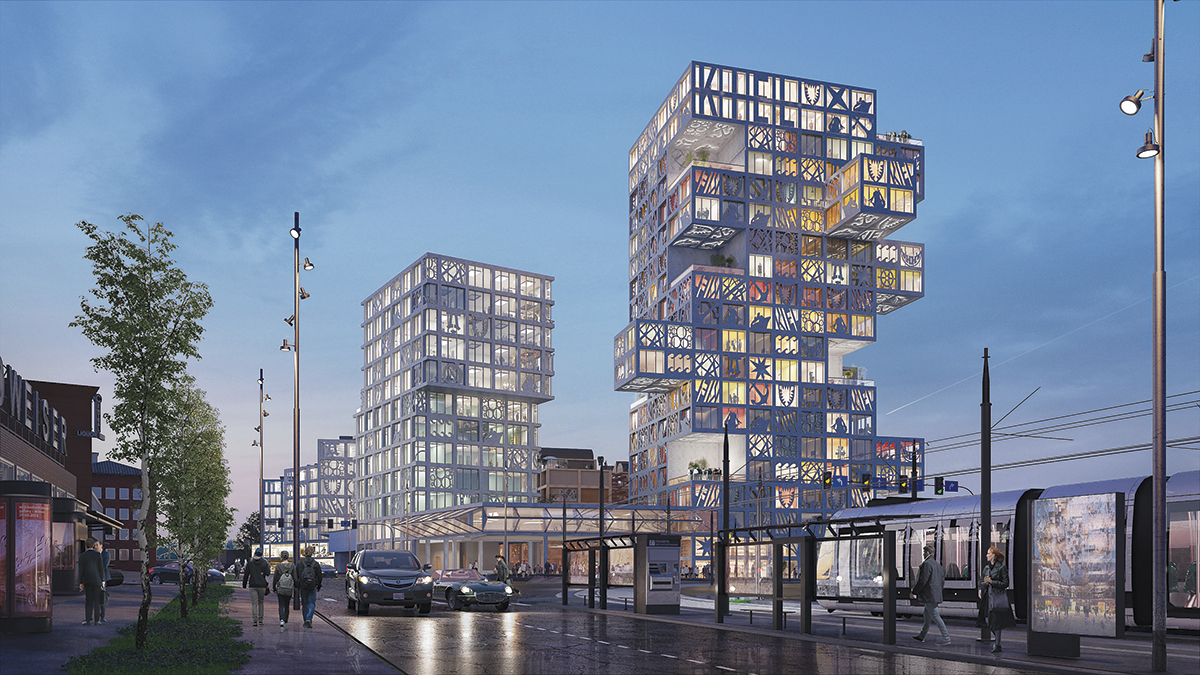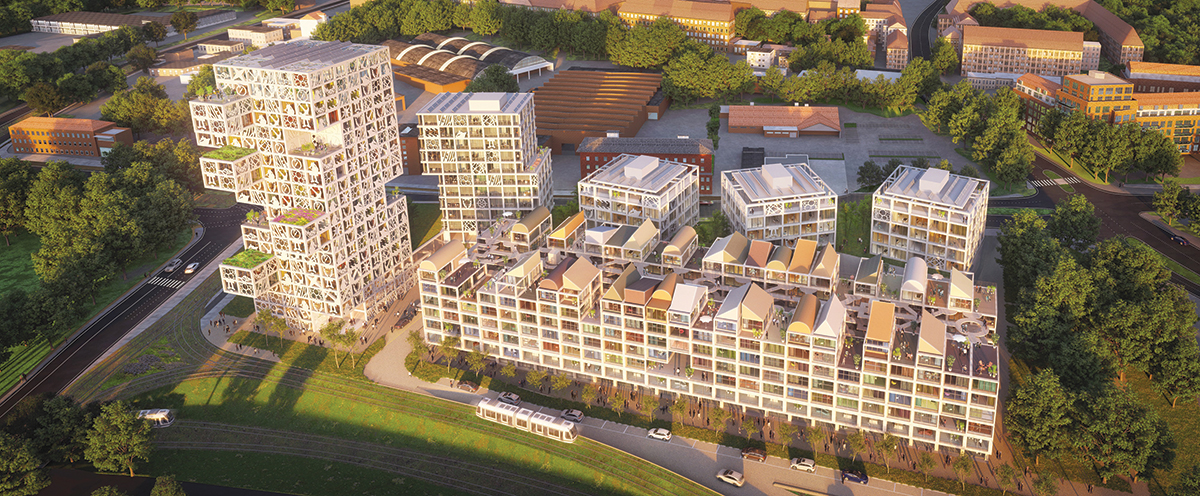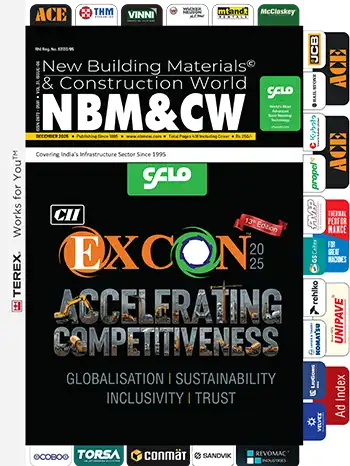
Fact File
Project Name: KoolKiel
Location: Kiel, Germany
Year: 2018+
Client: Kap Horn GmbH Client
Architect: MVRDV Principal-in-charge: Jacob van Rijs
Structure: Werner Sobek
Fire: Wenzel + Wenzel
Cost calculation: Wenzel + Wenzel
Images: ©MVRDV
Dubbed KoolKiel, the project is located in a formerly industrial area in Kiel, near the southernmost tip of the Kiel Fjord. Currently, it is occupied by a large, single-storey building, which was originally used for storing chains for ships; but in more recent times is better known for its connection to Germany’s famous Werner comics, which were printed in the building from the early 1980s. The building is now known as W8 Medienzentrum and is home to a variety of companies working mostly in media and the creative industries. This collection of tenants has given the area a unique and charismatic identity, which strongly influenced MVRDV’s design.

The existing structure of the W8 Medienzentrum will have commercial units, topped with apartments. Next to this, a new building with a zig-zagging plinth will contain offices and shops, topped by several cubic blocks of housing, and a tower of office spaces. At the end of the site, a 250-room hotel tower will connect to the aforementioned plinth through a public event space for hosting exhibitions and events.
A courtyard between the buildings is filled with a variety of street furniture for the residents, while a rooftop park snakes its way around the three cubic blocks of housing. The project’s most eye-catching element is the façade panels, made from fibre reinforced concrete, which sit in front of the window and display a variety of icons inspired by the creative output of the locals. However, within this arrangement, the design proposal includes many opportunities for community input.

The flexible design concept will enable the building (as it is eventually constructed) to fall within a spectrum of options, from a conservative series of boxes to a wacky yet charismatic collection of cantilevers and iconography. The flexible design system includes options to change the size and number of cantilevers on the hotel tower; change how much of the building is covered by pictographic panels; and alter the size, number, and layout of apartments placed above the existing W8 building.















